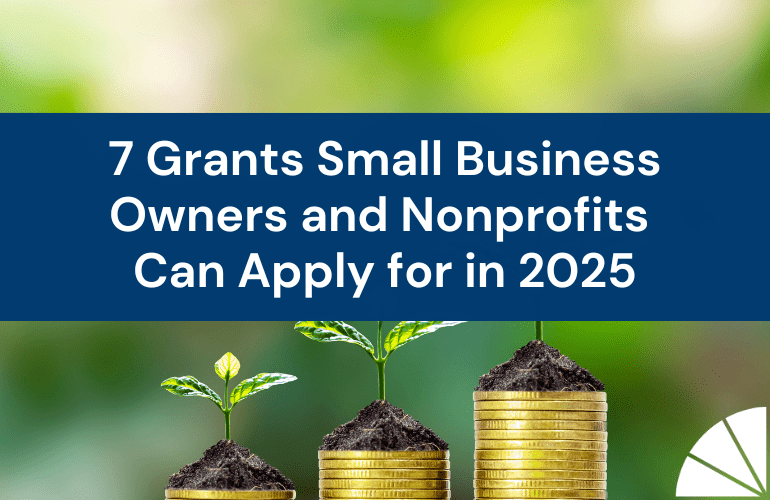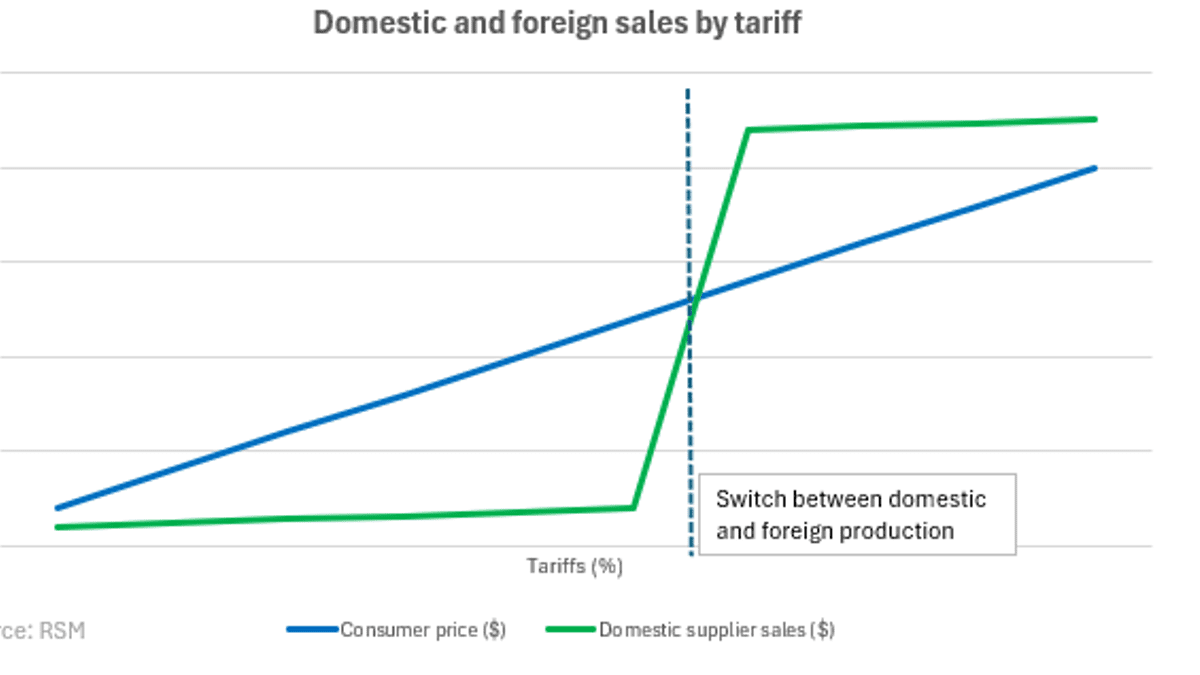
Reporting contributions of non-financial assets can prove to be rather difficult for nonprofits. There are many factors at play when reporting these gifts-in-kind. Among these factors are the valuation of non-financial assets and the determination of reporting gifts-in-kind as contributions versus exchange transactions (revenue).
Gifts-in-kind, most often, do not involve an exchange of cash. As such, gifts-in-kind should be reported at their fair value based on the FASB’s fair value measurement standard. Just like determining the fair value for any other asset, the nonprofit would have to decide on a market to use. The “wholesale exit market” is the market that should be used to determine the fair value of the gifts-in-kind. For most gifts-in-kind, there is a base utility that would have a market. When determining the fair value of the gifts-in-kind, the nonprofit should consider this base utility, or its “use”. Because gifts-in-kind are reported at fair value, it might be necessary to perform valuation adjustments throughout its shelf life. For example, if a large non-financial asset was donated and the nonprofit holds onto this asset for many years, it might be necessary to adjust the asset to its current fair value based on the wholesale exit market. This is not likely to happen in a material manner, though it is important that nonprofits have policies in place to support the valuation of gifts-in-kind in case a material adjustment were to arise.
The valuation of these non financial assets can become even more challenging due to legal restrictions. Some restrictions are characteristics of the donated assets, and as such, would directly affect the valuation of the asset.
In addition, at times, nonprofits may receive items during fundraising events that are subsequently transferred to other resource providers (or recipients). Because these gifts-in-kind can be linked to asset transfers from the original donors to the ultimate recipients, there may be a difference in fair value from when the gifts-in-kind was donated to when it was ultimately transferred to the end recipient. An example of this would be when an individual donates a ticket with a fair value of $75 for a baseball game, which is then auctioned off to the highest bidder. If the bidder acquires the ticket for $100, this difference of fair value must be factored in. At the initial transfer, a $75 contribution is recorded and then at the subsequent transfer, an additional $25 contribution is reported.
Other common gifts-in-kind include stock donations. Donated stocks are recorded at the fair value of the stock at the date of donation. The classification of net assets can also be affected if there are donor-imposed use restrictions. For example, if a donor says that the non financial asset can only be used in a certain country, then the classification of contribution revenue is directly affected, as the donor has imposed a restriction on the asset.
Do you have questions about how to value and record gifts-in-kind? The nonprofit team at LGA would be happy to help. Give us a call today.
Written by Bob Hart





